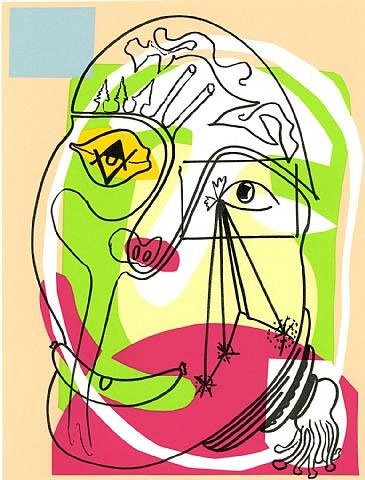As an art enthusiast, you may be familiar with the works of renowned German pop artist Sigmar Polke. Throughout his decades-spanning career, Polke produced a vast and varied body of paintings, photographs, films, and prints that provide insight into both post-World War II Germany and the development of pop art as an international movement.
Though less famous than his contemporaries Gerhard Richter and Andy Warhol, Polke was a pivotal figure who helped define pop art’s irreverent and subversive sensibility. In his art, he appropriated and distorted found images from mass media and consumer culture, incorporating them into layered, enigmatic paintings and prints.
By reflecting the tumult and anxieties of his times, Polke’s art reminds us of art’s power to shape and interrogate the world we inhabit. His legacy lives on in the way he expanded our vision of what art can be and do. Polke’s life and work stand as an inspiration and call to continually renew our perception of the world around us.
This article will explore Polke’s artistic evolution, his provocative critiques of social and political issues, and his enduring influence on contemporary art. Through an examination of his life and work, you will gain a deeper understanding of and appreciation for this iconic pop artist.
Sigmar Polke BIOGRAPHY
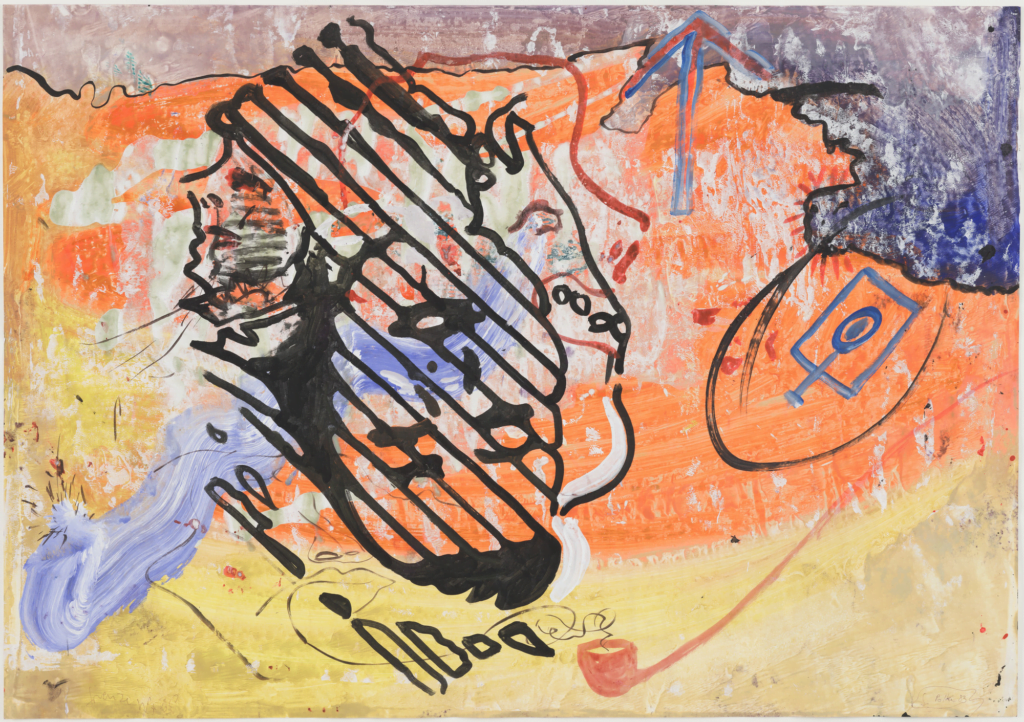
Early Life and Education
Sigmar Polke was born in 1941 in Oels, Lower Silesia (now Oleśnica, Poland). He spent his childhood in Soviet-occupied Germany, experiencing the aftermath of World War II. His family fled to Thuringia in East Germany in 1945.
Polke’s artistic talents emerged at a young age. He attended the Düsseldorf Art Academy from 1961 to 1967, during which time he studied under Karl Otto Götz. At the academy, Polke became friends with Gerhard Richter, Konrad Fischer, and Blinky Palermo.
In the 1960s, Polke, Richter, and Fischer co-founded the Kapitalistischer Realismus (Capitalist Realism) movement, a reaction against the doctrines of Socialist Realism sanctioned by East Germany. The movement depicted banal objects and events of West German consumer culture in a detached, ironic manner.
Polke experimented with a variety of media, incorporating unconventional materials into his paintings. His works incorporated raster dots, newspaper clippings, fabric patterns, and chemical solutions. He appropriated and manipulated popular imagery and motifs in his silkscreen prints, paintings, photographs, and films. Polke resisted stylistic categorization, continuously evolving his artistic style and rejecting the notion of a signature esthetic. His work provided commentary on contemporary German history and culture.
What is Sigmar Polke known for?
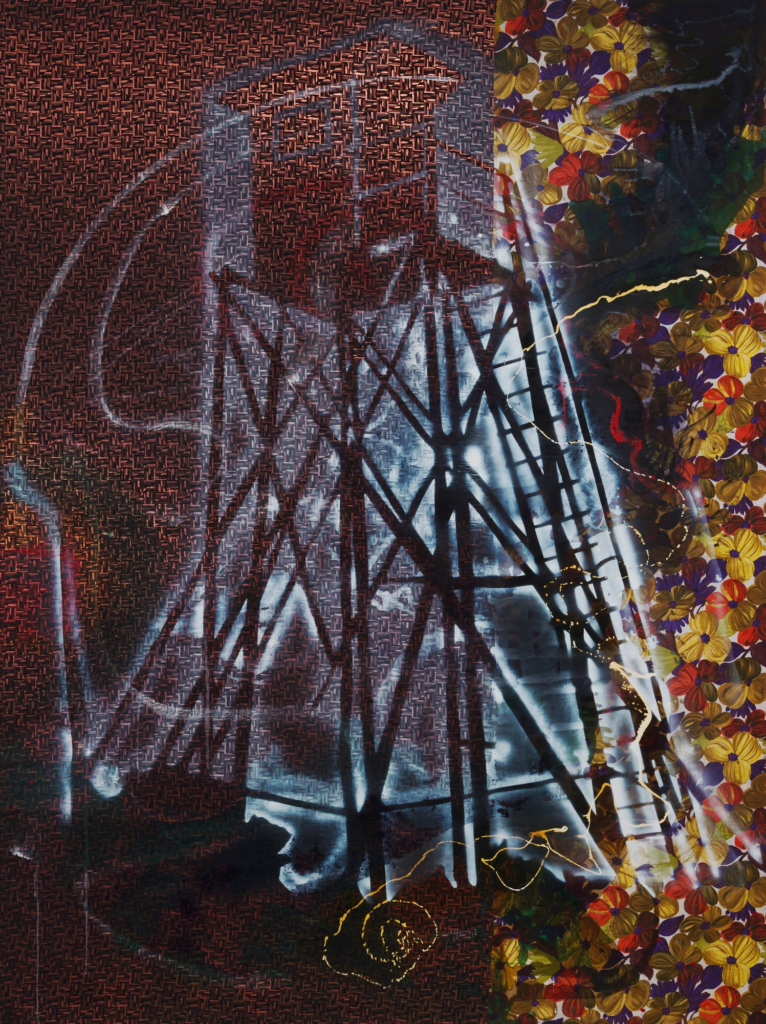
Sigmar Polke was a popular German painter and photographer known for experimenting with a range of materials and techniques in his photographic works. He began incorporating photography into his artistic practice in the mid-1960s. He was fascinated with the medium’s ability to distort and manipulate visual perception.
Polke exploited the technical possibilities of photography through experimental printing and developing processes. He used chemicals, heat, and physical manipulation to distort and damage photographic prints, embracing accidents and imperfections.
Career highlights
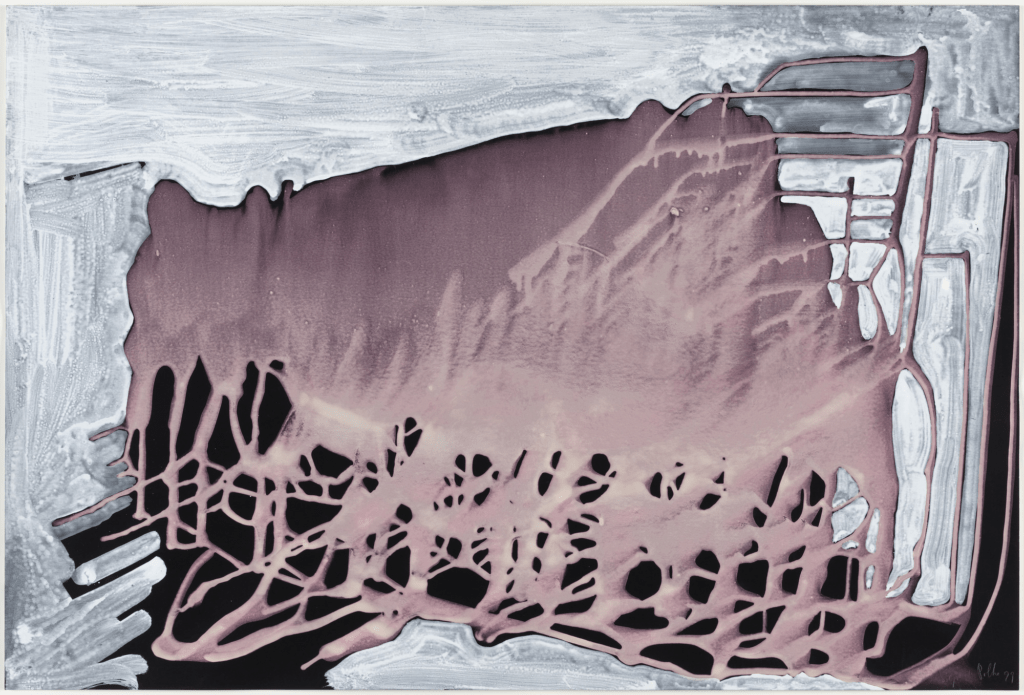
The Capitalist Realism Movement
As an artistic movement, Capitalist Realism aimed to challenge the consumer culture of post-World War II West Germany. Emerging in the 1960s, the movement was led by Sigmar Polke, along with Gerhard Richter and Konrad Lueg.
Capitalist Realism incorporated familiar images from popular culture and mass media into paintings that questioned the “miracles” of capitalism and mass consumption. Polke in particular was fascinated by the kitsch and clutter of consumer goods, using images from magazines, comics, and advertisements in his work. His paintings incorporated dots, raster dots, and a garish palette to mimic the visual experience of mass media.
Polke’s Capitalist Realism Paintings
Some of Polke’s most well-known Capitalist Realism paintings include:
Hoffmann | 1963-1966 | This painting incorporates images from a furniture catalog, including diagrams of sofas and chairs. The disjointed composition and saturated colors critique the excess of consumer culture. |
Raster Picture with Sausage and Eggs | 1963 | This early painting uses Polke’s signature raster dot technique, referencing the visual effect of newspaper print. Images of sausage, eggs, and a woman in a bikini collide in a surreal and jarring composition. |
Chocolate Painting | 1964 | Polke parodies the decadence of luxury goods by incorporating aluminum foil and real chocolate in this multi-media work. The painting suggests the superficial appeal of conspicuous consumption. |
Through these seminal works, Polke established himself as a pioneer of postmodern art. His Capitalist Realism paintings used the iconography of mass media and consumer goods to deliver a shrewd and satirical critique of post-war West German society. By appropriating kitsch images and materials, Polke forced viewers to consider what constituted “realism” in the modern world.
Photographic Works and Experiments With Materials
Photograms and chemigrams: What Materials Did Sigmar Polke Use?
Polke created photograms by placing objects directly onto the light-sensitive paper and exposing them to light. The resulting images capture the shadows and shapes of the objects. He also made chemigrams by applying chemicals directly to photographic paper.
The chemical reactions produced fluid, abstract shapes, and patterns. These experiments demonstrate Polke’s interest in chance and relinquishing some control over the final image.
Multiple and Combined Negatives
Polke frequently sandwiched together multiple negatives to create a single print with layered, overlapping images. He also combined positive and negative images in a single print, playing with themes of absence and presence. These techniques resulted in hallucinatory images that seem to merge different times, spaces, and realities.
Paint and Resists
Polke also hand-colored black and white photographs, used paint and chemicals as resists before exposing the paper to light, and applied paint directly to developed prints. These interventions introduced expressive textures, colors, and new forms into his photographic works. They exemplify his irreverent style and desire to push the boundaries of photography as an artistic medium.
Travels, Drugs, and Spirituality: The 1970s and 80s
In the 1970s and 1980s, Polke’s work grew increasingly experimental as he traveled widely and explored spiritual and psychedelic themes.
Travels to Pakistan and Afghanistan
In the early 1970s, Polke traveled to Pakistan and Afghanistan, where he was exposed to traditional crafts, religious imagery, and opium. These influences emerged in his subsequent paintings, which incorporated motifs from Persian carpets, Islamic prayer rugs, and other local textiles. His experiences with opium and hashish also led him to experiment with psychedelic and hallucinatory imagery.
Photographic Silkscreens
During this period, Polke continued to push the boundaries of painting by incorporating and manipulating found images using the silkscreen printing process. He appropriated press photos, newspaper images, and family snapshots, which he then distorted, layered, and embellished using experimental printing techniques. These photographic silkscreens explored themes of media manipulation, collective memory, and the subjective nature of visual perception.
Supernatural and Spiritual Themes
In the late 1970s, Polke developed an interest in paranormal and supernatural phenomena, as well as mystical and occult spiritual practices. His paintings incorporated alchemical symbols, magical diagrams, and references to ghosts, auras, and thought transference. This reflected his engagement with the human psyche and altered states of consciousness.
Polke’s prolific experiments during these decades established him as a pioneer of postmodern painting. His irreverent mixing of high and low cultural references, hallucinatory and mystical imagery, and manipulations of mass media and photography broke from the austerity of conceptualism and helped define a new irreverent, expressive approach later known as Neo-Expressionism. By the mid-1980s, Polke was recognized as one of the most important living German artists.
Sigmar Polke List of Work
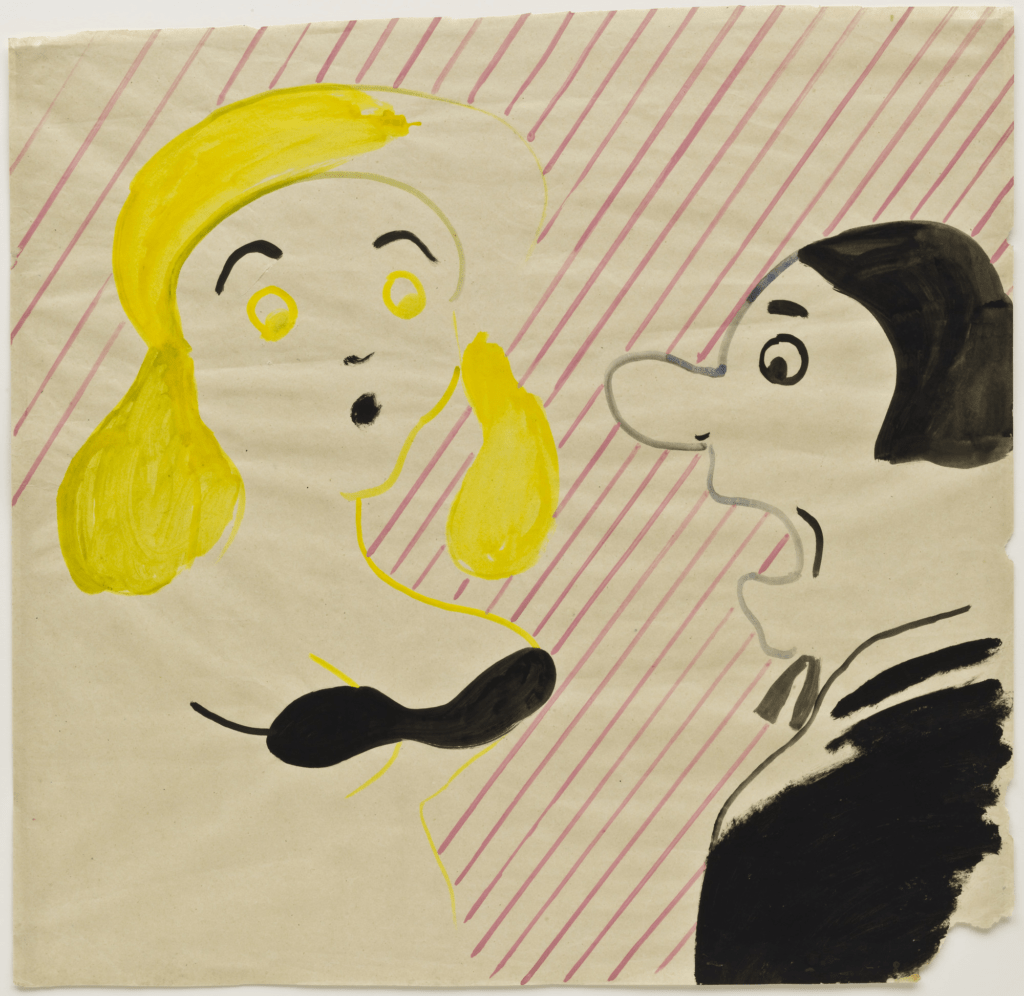
Photographs and Found Materials
In the 1990s, Polke began incorporating found materials like photographs, newspapers, and magazine clippings into his paintings.
1990s | “Rasterbilder” or “Dot Pictures” | This series featured enlarged halftone dots from printed photographs, rendered in thick impasto. The indistinct images evoke a hazy, ephemeral quality and suggest the fallibility of memory. |
2000 | “The Three Lies of Painting” | This series featured collaged photographs of famous paintings. Polke overpainted, smudged, and manipulated the images, exploring ideas of reproduction and authenticity. |
Paintings
Polke frequently incorporated historical references in his later works.
Mid-1990s | “Alice in Wonderland” | This series incorporated imagery from Lewis Carroll’s famous tales to suggest descent into a surreal and unsettling world, reminiscent of Germany’s troubled past. |
1995 | “Watchtower” | This painting featured symbolic images like a Nazi watchtower juxtaposed with more contemporary figures. |
Exhibitions
Tate Gallery | 1995 |
Tate Modern | 2003 |
Museum of Contemporary Art Tokyo | 2007 |
Museum of Modern Art | 2009 |
Venice Biennale | 2010 |
How Old Was Sigmar Polke When He Died?
Sadly, Polke passed away in 2010 at the age of 69. Though his later works received mixed critical reviews, Polke remained an influential and innovative artist until the end of his life, leaving behind an important legacy as a pioneering figure in German Pop Art and contemporary painting. His imaginative, eclectic body of work spanning over 40 years secured his status as one of the most important German artists of the postwar period.
